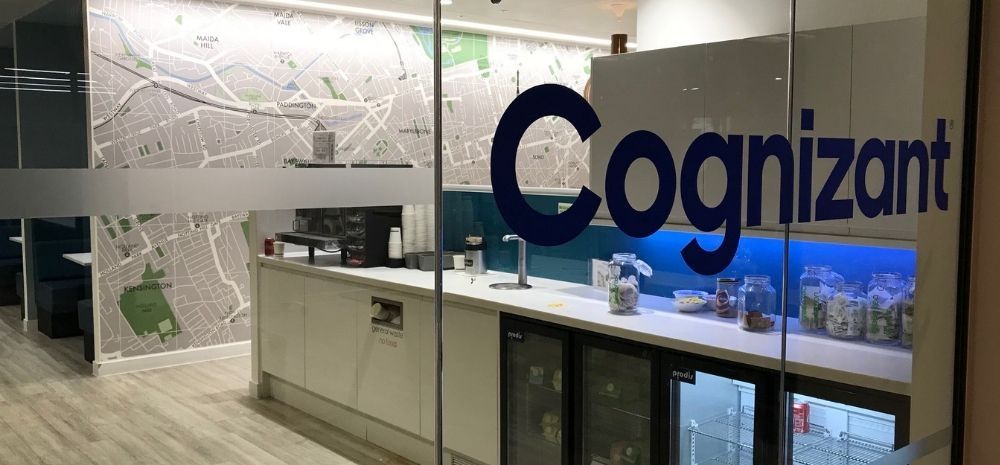Agility is the defining trait of today’s most successful businesses. Cognizant helps companies use technology to transform their businesses and adapt to rapidly changing markets and demands, with the goal of digital enablement.
Cognizant’s own IT team embraces this same mentality as they serve one of the world’s largest enterprises. They support hundreds of applications, and thousands of application components across multiple SDLC environments for more than 300,000 employees working in business groups ranging from Finance to HR.
The majority of the apps in Cognizant’s ecosystem are built using a mobile first, cloud first strategy on modern platforms such as Microsoft Azure. However, the company’s engineering processes were built in the pre-cloud era, so Cognizant set out on a journey to transform their core processes and tools to align with their digital strategy using Azure DevOps and GitHub.
Cognizant decided to evaluate GitHub because it provided solid disaster recovery support and the capability to structure projects to support agile development, DevOps, and modern ways of working. They ran an initial pilot with an ERP system and found that GitHub proved to be very effective in improving collaboration among teams. “GitHub enables seamless workflows through a branching strategy that in turn leads to better team productivity,” says Senior Director of IT Prakash Pazamalai.

GitHub’s support for offline development has been especially important during COVID remote working scenarios. “It was possible for employees to work remotely before, over a VPN connection, but GitHub really makes it much easier,” says Pazamalai.
The ability to easily integrate GitHub with third-party platforms, with support for end-to-end traceability before and after deployment, was one of the most salient features offered by GitHub. For example, as part of the shift towards agile methodologies, Cognizant IT also adopted Microsoft Azure Boards–through Azure DevOps–for project management. They use webhooks and Azure DevOps’s service connections to retrieve code from GitHub, and to associate code check-ins from GitHub with specific User Stories in Azure DevOps. “GitHub gels really well with Azure DevOps,” says DevOps Program Manager Karpagasundaram Balakrishnan. “The integration provides great traceability and visibility into code changes.”
GitHub gels really well with Azure DevOps. The integration provides great traceability and visibility into code changes.
Encouraged by the positive response to the pilot, Cognizant started a phase wise migration of applications prioritized by the criticality and size of developer community for each application. GitHub had to be set up for all of Cognizant IT’s projects—around 200 applications over the course of two or three months. Each application needed six to seven repositories, and each of those repositories would need the proper permissions assigned. Setting all of this up manually would have taken too long, so the team automated the process of creating and configuring the required GitHub infrastructure such as repo creation, access provisioning, and branching rules enablement.

Today part of Cognizant IT’s line of business applications are developed using GitHub, ranging from tools for requesting internal resources to customization code for cloud platforms like Salesforce. The new workflows and improved code review process is improving teams’ code quality. All these significantly improved the lives of hundreds of developers at Cognizant as they were able to achieve cleaner workflows and clearer history.
The shift to GitHub has been a boon for morale. “We’re getting great feedback from our teams in terms of how it feels to work in this environment,” Balakrishnan says.
GitHub is not just our code repository. It is much more than that. It allowed our developers to connect and contribute together on a project and develop it without meeting personally. That was another big win coming off a pandemic year.
“GitHub is not just our code repository,” Pazamalai says. “It is much more than that. It allowed our developers to connect and contribute together on a project and develop it without meeting personally. That was another big win coming off a pandemic year.”
Further, Cognizant’s Git branching strategy supports parallel development and an Agile-based delivery model. When multiple people collaborate on a project, it’s hard to keep track of revisions. GitHub takes care of this problem by keeping track of all the changes that have been pushed to a repository. This is a big win for the business teams as different versions of a codebase could be managed and deployed according to business priority.
“The benefits have been innumerable,” says AVP Hariprasad Vijayaraghavan “Migrating to GitHub aligns beautifully with our cloud-first strategy and moves us further ahead in our journey to modernize processes and support cloud development, mobile development, microservices.”


